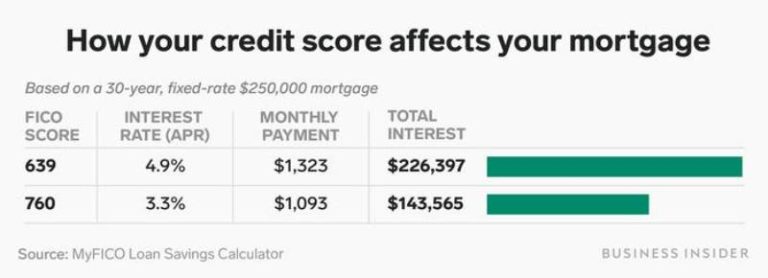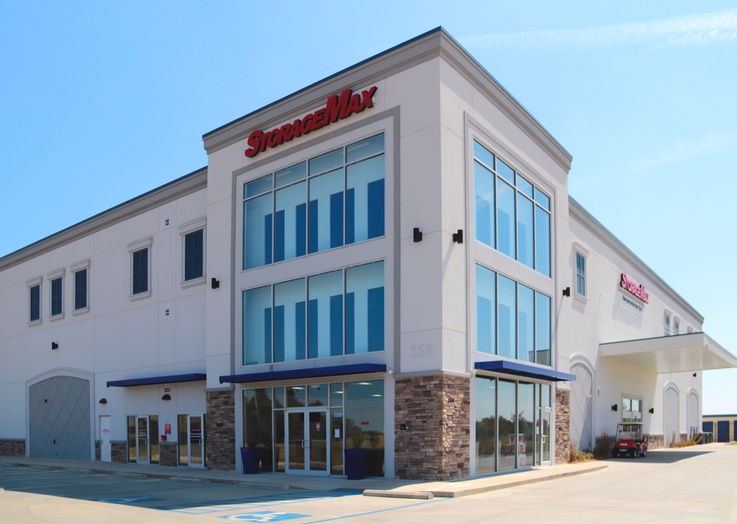
By Jeff Bass
Self-storage owners certainly have many choices for the financing of their properties. Debt capital providers range from the community, regional and mega banks to CMBS, life insurance companies and other private lenders. While interest rate, proceeds (LTV) and recourse are typically the big three drivers of lender selection, there is often more to making this decision. Consideration should also be given to finding a lender who is familiar with self-storage, the investment objectives of the ownership, and the attributes of the property being financed. Not all transactions are suited for long-term financing; sometimes a more interim arrangement is the best course of action. Something we would call in the industry… a bridge loan.
This type of loan is designed to “bridge” a gap or time period that calls for a different type of financing vehicle than a more permanent type of loan.
Bridge loans are utilized for some of the following scenarios:
- Acquisition or refinancing of an underperforming property
- Shorter term investment holding period
- Additional development opportunities
TCF Bank has provided bridge financing for operators on properties that are lagging their projected lease-up rate. Sometimes the incumbent lender has “deal fatigue” or no longer has an interest in financing self-storage. Oftentimes the property cash flows sufficiently, but it has not yet stabilized at a desirable level of cash flow. Many operators have recently acquired underperforming properties and the bridge loan can be an excellent financing tool for them. After they have been able to fully stabilize the property via higher rents, higher occupancy and/or an improved operating expense ratio, the property is now ripe for CMBS financing that allows maximum cash out with non-recourse terms.
A second scenario involves the investment objectives of the owner. It may be that an owner or ownership group has a desire to have some flexibility in its holding period for a particular property or a portfolio. Perhaps they intend to dispose of some assets after maximizing the improvements to operations. Or if they are a private equity fund, they often, by design, have a limited life span. This is intentional and requires that the assets in the fund be disposed of after a number of years. The goal in this scenario is to return all of the capital to the investors, hopefully along with additional capital gains from the appreciation of the assets. Other companies are trying to develop into REITs or may want to merge with other operators. All of these scenarios involve changes in ownership structure, thus requiring loan assumption negotiations with the permanent lender(s) or sale of the assets. Dealing with the disposition or transfer of assets that have CMBS defeasance or life insurance company yield maintenance can prove costly if the timing is poor. These issues can derail a worthy transaction or at a minimum make it more costly. Bridge loans can eliminate these headaches since the prepayment penalty on such a loan is minimal or nonexistent. The bridge lender can either modify the loan to accommodate the new ownership, allow it to be assumed or the loan is paid off without penalty (see bridge loan structure that follows).
A third scenario is that of future development. Some properties may have additional land that can be developed or improvement potential in the existing facility. While it is possible in some cases to bifurcate the undeveloped parcel, it can be difficult to find financing for the new parcel when it is going to be operationally connected to the existing property that is tied up with permanent financing. Bridge lending allows for the existing asset to be financed and if your bridge lender is also active in lending on storage construction, it is then possible to even structure together a bridge loan for the financing of the cash flowing component of the property and a construction loan for the new development component. Thus you have a more seamless approach to maximizing the value of such a property. The bridge loan is the superior financing tool for properties built in phases.
The basic structure of a bridge loan is as follows:
- Term of 2-5 years. Extension options are often available. This gives the owner flexibility when it comes to the timing of the payoff of the bridge loan. Such extension options will usually require performance hurdles in the form of debt service coverage requirements.
- Interest only periods can be part of the deal. Usually these are limited to 1-2 years. This feature can enhance cash flow during the period that the owner is often investing in the improvement of the operations or making capital improvements.
- Loan to value (LTV) and loan to cost (LTC) are usually limited to 70%. There are some exceptions to this for stronger projects and operators, but a little more equity is prudent for a project that is not yet stabilized.
- Interest rates are typically floating. The 30 day LIBOR rate is a popular index and with the rate determined by that index plus a margin over that rate.
- Prepayment penalties are very minimal. Usually a modest prepayment penalty is required in the first year of the loan, and then none thereafter.
- Recourse to the owner(s) is either full or limited in some fashion. The level of recourse depends upon the following: “going in” cash flow of the property; strength of the submarket; strength of the operator; and the requested LTV/LTC. The higher the requested LTV/LTC, the higher the required recourse.
Bridge lending for the storage sector is a specialized product. It calls for working with a lender that has a thorough understanding of self-storage as well as experience in working with different types of operators and capital structures. The benefits for the self-storage owner/operator are increased flexibility in financing properties that have yet to reach full potential and a financing solution for a shorter investment horizon. This represents one more “arrow in the quiver” for a sector that is becoming increasingly more sophisticated in its approach to financing.
 Jeff Bass
Jeff Bass
Vice President
TCF Bank Corporate Lending
Jeff Bass has 23 years of commercial banking experience and has been with TCF Bank since 2008. His experience includes investor and owner occupied property financing, commercial and residential construction and development loans, business loans, SBA lending and collaboration with cash management, wealth management and private banking initiatives.
Since joining TCF Bank, Jeff has originated over $120 million in loans by working with a variety of clients and referral sources. His specialty niche is in self storage, where he leads the company’s initiative to expand its involvement in this sector.









